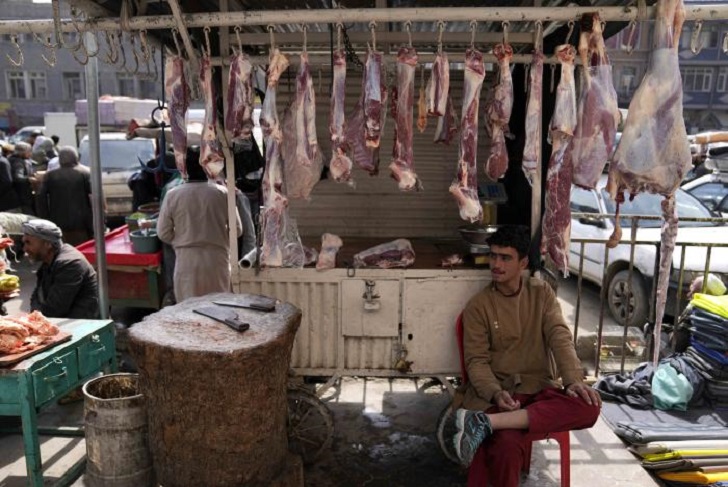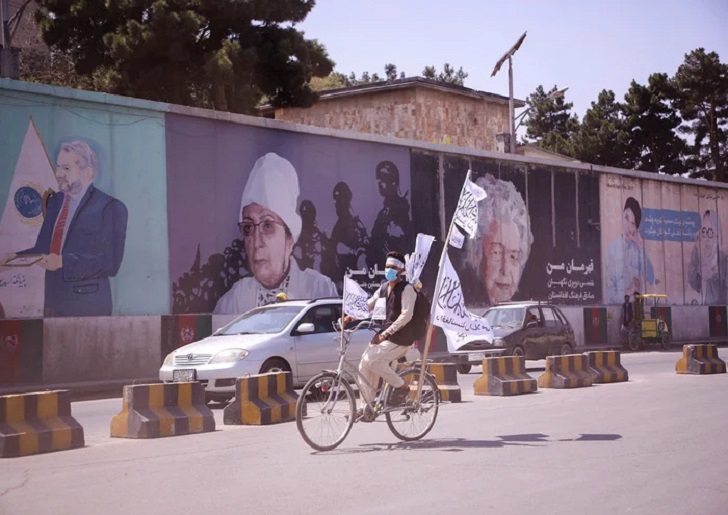One year after the Taliban’s takeover of Afghanistan, most Afghans experienced hunger in 2022. Development aid was halted, and Afghanistan was shut off from the international financial system due to the regime’s violent takeover of power and subsequent repression.
Although the Taliban’s actions, which included terrible human rights violations, called for retaliation, they also contributed to the collapse of the already fragile national economy. As a result, the largest relief effort in Afghanistan’s history was started by international aid organizations and their Afghan allies as famine grew imminent. These actions played a key role in preventing disaster and humanitarian crises.

However, Afghanistan continues to experience one of the worst global humanitarian crises. In several regions of the nation, acute malnutrition has spread. To feed their family, people are resorting to extreme tactics. The cause is a concoction of internal and external elements; the 2022 harvest will probably fall short of expectations because the Afghan economy shows no indications of revival. Additionally, the fighting in Ukraine makes it more difficult to provide food and other sorts of relief, and donors are falling short.
The contemporary solutions
The UNHCR has temporarily increased operations in response to the Taliban takeover and its ramifications, stating that it “will do all possible to stay and offer” humanitarian aid in Afghanistan during the current crisis.

The U.S. government has contributed financially to the U.N.’s mission to provide humanitarian relief in Afghanistan, despite the political demands that led to the imposition of sanctions against the Taliban leadership. In 2021, the U.S. contributed more than $425 million to humanitarian assistance programs in Afghanistan, making it the top donor overall, according to CSIS.
According to CSIS reports, the Biden administration also granted Afghanistan $308 million more in humanitarian aid in January 2022. The fact that this is only a temporary solution that will eventually fail is acknowledged by the WTP. It appears that Afghanistan needs increased humanitarian aid in Afghanistan to meet the on-the-ground demands of the Afghani people suffering from an increased lower standard of living in the wake of the Taliban’s takeover.
Humanitarian assistance data

Under the terms of the Pak-Afghan Cooperation Forum, about 14945 Tons of humanitarian aid have been supplied to Afghanistan since September 2021 by 694 trucks and four C130 flights (PACF). Pakistan has opened its border in South Waziristan following the recent earthquake in Afghanistan and also set up a temporary medical facility.
Pakistan provides food, clothing, blankets, medical supplies, and other forms of relief. Building clinics, schools, and roads to help the Afghan people live better lives is something Pakistan has been doing for a very long time. To date, Pakistan has provided $1 billion in development assistance to the war-torn neighbor.
2019 saw the opening of Jinnah Hospital, Afghanistan’s second-largest hospital, a 200-bed, a cutting-edge medical facility in Kabul that cost more than $24 million as part of Pakistan’s commitment to development and reconstruction efforts.
Allama Iqbal Open University (AIOU) and Virtual University (VU) would instruct pupils through their TV network as part of Pakistan’s recent offer to give online education opportunities to Afghan students.




